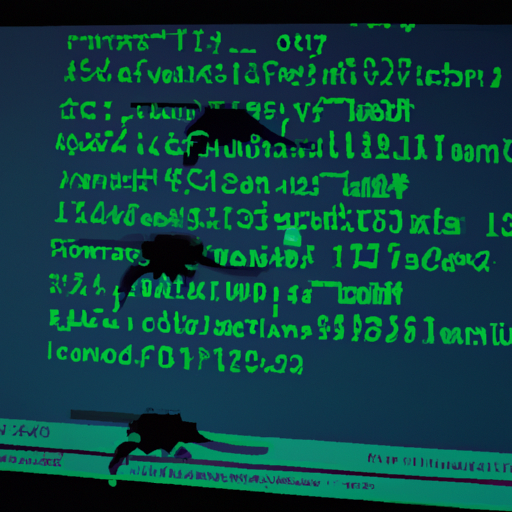Recently, Iranian hacking groups have joined the Papercut attack spree, taking advantage of a Microsoft vulnerability. This has caused concern among cybersecurity experts, as the attacks have been successful in compromising the security of many organizations. In this article, we will explore the details of the Papercut attack, the Microsoft vulnerability, and the involvement of Iranian hacking groups. We will also discuss the implications of these attacks and what organizations can do to protect themselves.
The Papercut Attack
The Papercut attack is a type of cyberattack that involves the use of a malicious email attachment. The attachment is usually a Microsoft Word document that contains a macro. When the user opens the document and enables the macro, it executes a script that downloads and installs malware on the user’s computer. The malware can then be used to steal sensitive information, such as login credentials and financial data.
The Papercut attack has been around for several years, but it has recently gained popularity among cybercriminals. This is because it is a relatively simple attack that can be executed with minimal effort. Additionally, the use of macros in Microsoft Word documents is a common practice, which makes it easier for attackers to trick users into enabling them.
The Microsoft Vulnerability
The Papercut attack relies on a vulnerability in Microsoft Word that allows macros to be executed automatically. This vulnerability is present in all versions of Microsoft Word, including the latest version, Microsoft Word 365. The vulnerability is caused by a feature called “Dynamic Data Exchange” (DDE), which allows data to be exchanged between different applications.
Attackers can exploit this vulnerability by embedding a malicious DDE command in a Word document. When the user opens the document, the DDE command is executed automatically, which allows the attacker to download and install malware on the user’s computer.

Iranian Hacking Groups Join the Attack Spree
Recently, Iranian hacking groups have been identified as being involved in the Papercut attack spree. These groups are believed to be state-sponsored and have been linked to previous cyberattacks against Western targets.
The involvement of Iranian hacking groups in the Papercut attack is concerning because it suggests that they are actively targeting Western organizations. This could be part of a larger campaign to steal sensitive information or disrupt critical infrastructure.
Implications of the Attacks
The Papercut attack and the Microsoft vulnerability have significant implications for organizations. If an organization falls victim to the attack, it could result in the theft of sensitive information, financial loss, and damage to the organization’s reputation. Additionally, the involvement of Iranian hacking groups suggests that the attacks could be part of a larger campaign to target Western organizations.
Organizations need to take steps to protect themselves from these attacks. This includes educating employees about the risks of opening suspicious email attachments, implementing security measures to detect and prevent malware infections, and keeping software up to date with the latest security patches.
Protecting Against the Attacks
There are several steps that organizations can take to protect themselves from the Papercut attack and the Microsoft vulnerability:
- Train employees to recognize and avoid suspicious email attachments.
- Implement security measures, such as antivirus software and firewalls, to detect and prevent malware infections.
- Keep software up to date with the latest security patches.
- Disable the DDE feature in Microsoft Word to prevent the automatic execution of macros.
- Use email filtering to block suspicious emails before they reach employees.
Conclusion
The Papercut attack and the Microsoft vulnerability are serious threats to organizations. The involvement of Iranian hacking groups in the attacks adds an extra layer of concern, as it suggests that the attacks could be part of a larger campaign to target Western organizations. Organizations need to take steps to protect themselves from these attacks, including educating employees, implementing security measures, and keeping software up to date. By taking these steps, organizations can reduce the risk of falling victim to these attacks and protect their sensitive information and reputation.





